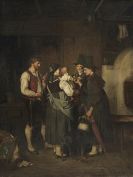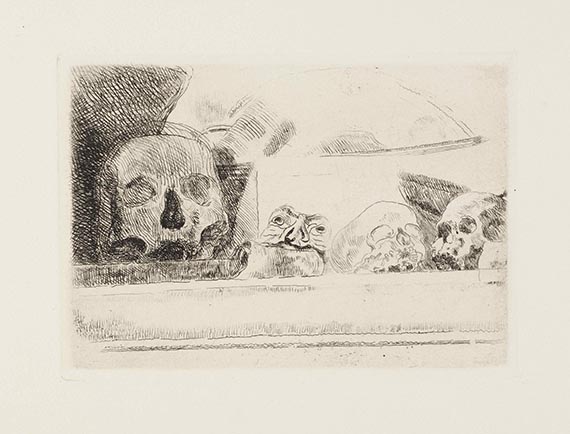
Charles Nègre
1820 Grasse
1880 Grasse
Charles Nègre was born in 1820 in Grasse, France, and was a pioneer photographer. In 1837, Nègre took drawing classes in Aix-en-Provence, and from 1839, he studied painting at the École des Beaux-Art in Paris. He worked in the studio of Paul Delaroche and exhibited his works in various Parisian Salons until 1853. By 1844, he had begun working in the new medium of photography, which was still in its early stages. Charles Nègre created the first calotypes, which he then only used as templates for his paintings.
In 1848, he spent some months in Barbizon with other artists, painting nudes and portraits. Nègre then began making daguerreotypes. Photography gradually took on a greater role in his work, and he made various portraits and genre pictures. These included his famous photographs of Parisian chimney sweeps and rag and bone men. These photographs would earn him his place in photographic history as a pioneer of street photography.
His main interest however, was architectural photography. In 1852, he travelled around southern France, building up a collection of 200 pictures of local monuments. The following year, when he returned to Paris, he began working with wet plate collodion photography. Charles Nègre captured dense, atmospheric images of the Notre-Dame cathedral and in 1855, he was commissioned to make a reportage on the Charles cathedral. These calotypes, with their astonishing dimensions of 52x72cm, are some of the largest photographic prints made using this early technique.
In 1859, he was officially commissioned to document the imperial asylum in Vincennes. In 1863, he returned to southern France, where two years later, he opened a photographic studio. He closed the studio in 1878, returning to his birthplace of Grasse, where he died in 1880.
Nègre was interested in all of the photo technical inventions of his era. He experimented with techniques invented by the founding fathers of photography, and in 1854, consolidated Niépce’s technique of heliogravure with the use of a gold- plating bath. In 1867 he was awarded a medal for his heliogravures at the Paris World Exhibition.

Would you like to sell a work by Charles Nègre?
Infos for seller






